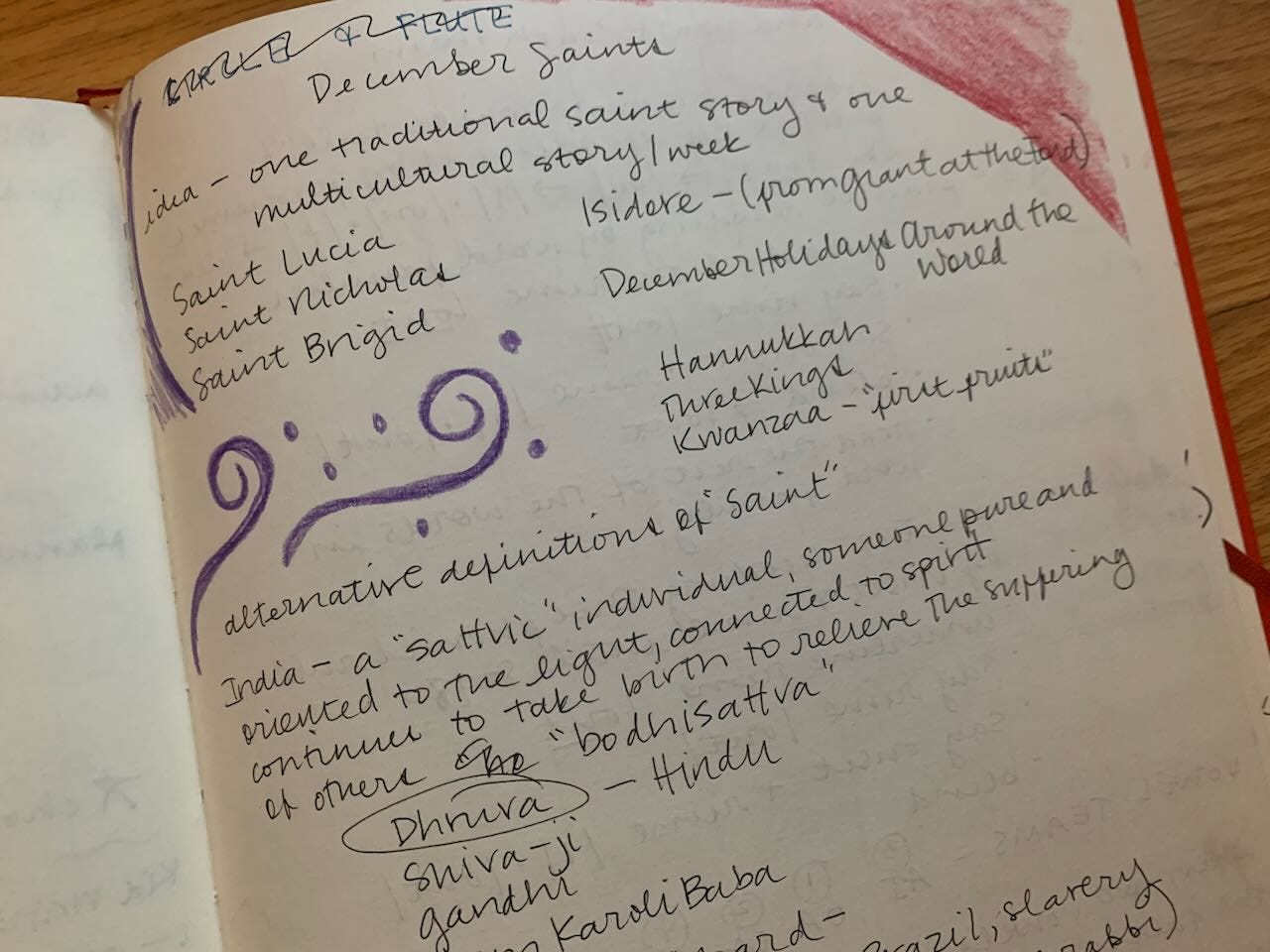🗄️ How I Stayed (Mostly) Ahead of My Waldorf Planning
The routines that helped me stay grounded and prepared as a Waldorf teacher.
Planning as a Waldorf teacher is not a one-and-done task—it’s an endless endeavor that lasts the whole year long. The only way to manage it is to find a good rhythm.
Throughout my teaching years, I tried all kinds of systems: color-coded binders, beautifully labeled folders, ambitious to-do lists. But what actually helped me stay grounded and ahead of the curve wasn’t a fancy tool—it was a mindset. I created monthly, weekly, and daily planning rhythms that kept me connected to my students, my curriculum, and myself.
Here’s how I approached it:
Monthly: Step Back and See the Big Picture
Each month, I took time to look ahead at what was coming. This is when I planned out the block and paid attention to other events and activities that were happening. Were there any festivals or events to prepare for? How was the overall arc of the year unfolding?
This was when I prepared my block plan document (paid subscribers, scroll to the bottom of this post to download my editable template). I didn’t always follow it to the letter, but having that big-picture view mapped out gave me a framework—and something to adjust when needed.
Monthly planning was also a good moment to check in on things like parent conferences, report writing, or school-wide events. I’d make sure those bigger tasks had space on the calendar before they snuck up on me.
Weekly: Map the Terrain
Once a week—usually on Sunday mornings with a fresh cup of coffee—I carved out time to get more specific. I’d check where we were in the block, what we had covered, and what was happening in the next week.
This was my chance to sketch out lessons, make supply lists, plan review activities, plan practice periods, and create my weekly parent communication. Sometimes I even prepped review games and drawings for the week ahead (a little extra effort here often paid off!).
Weekly planning gave me the breathing room to feel prepared without feeling locked in.
Daily: Just Enough to Feel Ready
Each evening (or sometimes in the wee hours of the next day), I’d check my notes and prep my lesson. Because I had things mostly roughed out in my weekly prep, this usually just meant preparing the new content for the day. Sometimes I had to adjust things based on how the previous day’s lesson went; other days I just had to gather supplies or reread a story.
I didn’t always have long afternoons for prep (who does?) and I tried to minimize my daily prep as much as possible, but even ten minutes of quiet reflection made a difference. It was enough to keep the flow going and to show up feeling just a little more ready.
Want My Block Plan Template?
If you're a paid subscriber, scroll down to the bottom of this post to download my editable block plan template. It’s the same one I used year after year, and it’s a great starting point for guiding your own monthly planning rhythm.
And if you’re looking to create a more intentional planning flow for the whole year…
Summer Vision Closes Sunday
Summer Vision is my self-paced summer planning course for Waldorf teachers—and registration closes this Sunday. This course walks you through a simple, grounded process to help you map out your year from a place of clarity and purpose.
If you want to start the school year feeling calm, centered, and prepared, click here to learn more and register before it closes.
🧡 Meredith
Instagram
Curriculum Guides
Keep reading with a 7-day free trial
Subscribe to Waldorf at Work to keep reading this post and get 7 days of free access to the full post archives.




